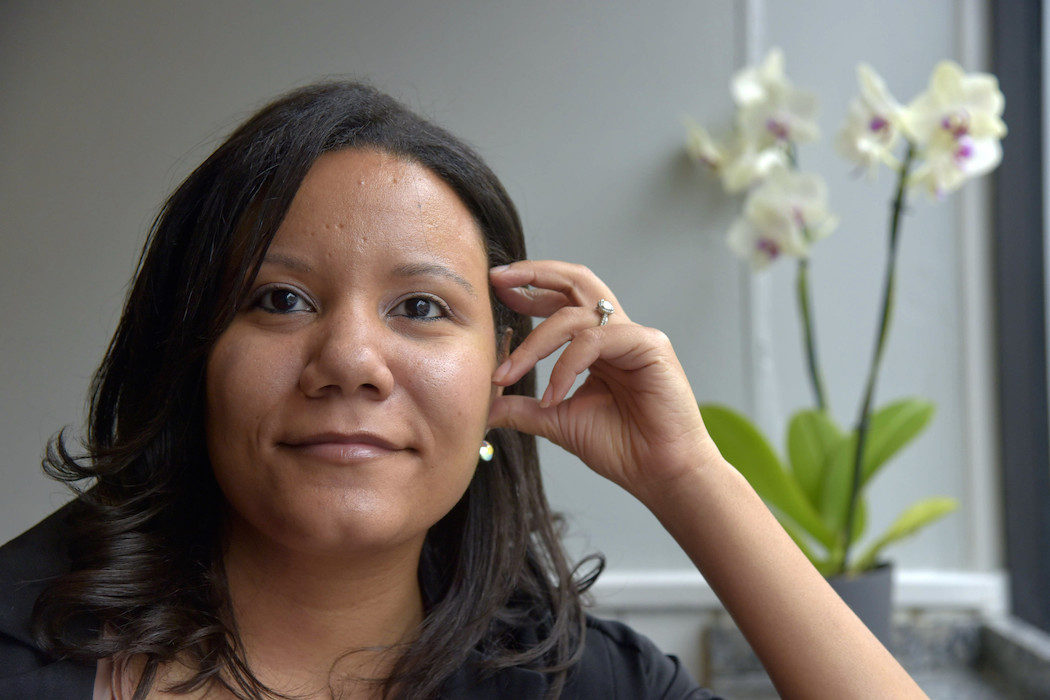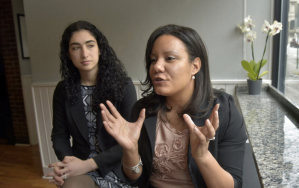
Legally Blind
For half a decade, Vanna Belton lived her life in relative darkness. At 29, while training to be an officer, Belton was sitting in traffic when she noticed that streetlights were starting to get blurry. In just a few weeks, Belton lost her vision almost completely, with no explanation as to the sudden onset of optic neuritis.
Essentially, Belton’s damaged optic nerve which was due to inflammation, couldn’t send visual information to her brain. Doctors theorized it could have been caused by multiple sclerosis, which she tested negative for. As a result, she was told that her sight would eventually improve—yet, after half a year, the doctors had no choice but to tell Belton that her blindness may no longer be temporary.
With the cause being a mystery, and little hope of ever finding a way to treat the condition, Belton began to explore alternative options for treatment—among them, an unconventional stem cell treatment that, she claims, is the reason why she has now regained her sense of sight.
Unorthodox

Despite the potential that stem cell treatments offer, medical experts are quick to point out that the safety and effectiveness of major stem cell treatments are still being studied. To date, the only US government approved treatment for stem cells are limited to blood clotting disorders.
That said, Dr. Jeffrey N. Weiss, a former Harvard University professor and board-certified ophthalmologist from Margate Florida was actively enrolling blind patients to take part in an unconventional (and non-FDA approved) stem cell study.
Oh, and it costs $20,000.
It should also be noted that the doctor in charge wasn’t even following proper procedure for clinical study. His theories weren’t tested on lab animals first or used to test for probability of success on computers, he also didn’t make an effort to test for safety among a small test group.
The study requires patients to get injected with stem cells either around the retina, directly into the retina, or directly into the optic nerve. While no guarantees were made, the study sought to figure out if the process could restore vision in the patients who were all too willing to give the procedure a try.
While local doctors strongly advised against it, Belton decided to go through the four hour procedure, where bone marrow was extracted from her hip so that stem cells could be taken from it, and it was then injected into her right eye’s retina and directly into her left eye’s optic nerve.
Nevertheless, results from the risky procedure are (apparently) positive.
Belton claims that she can now read and even navigate in public without any of the aids she used prior to her losing her vision. And as unconventional as Dr. Weiss’ methods are, stem cell advocates and researchers are acknowledging the success of the results, in the same way that they are acknowledging that neither is there enough information to fully judge his research.
Ultimately, stories like this raise important questions about access to treatment and the ability (and rights) of the individual to make their own healthcare choices.